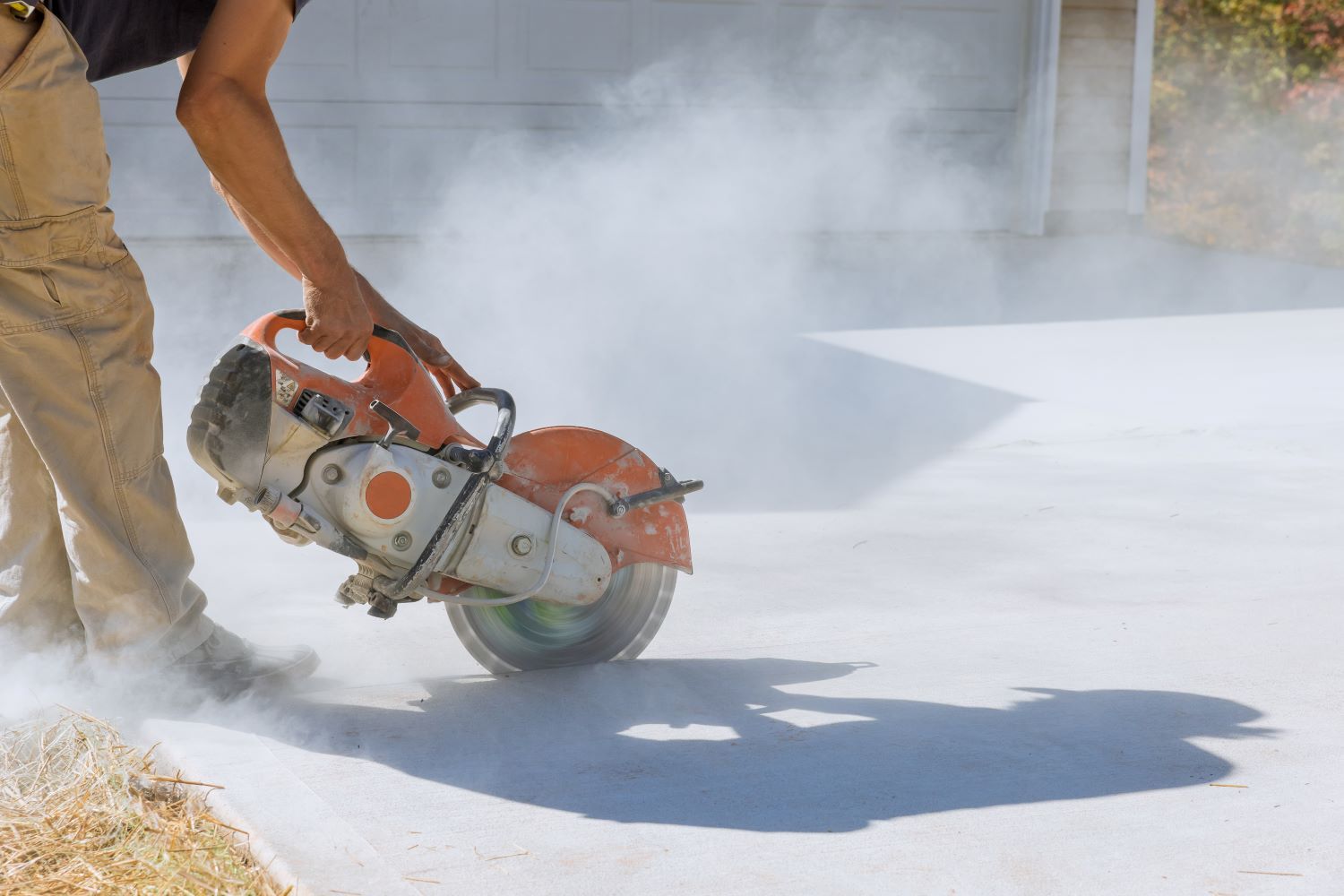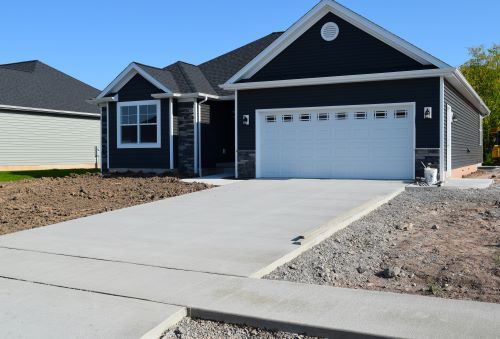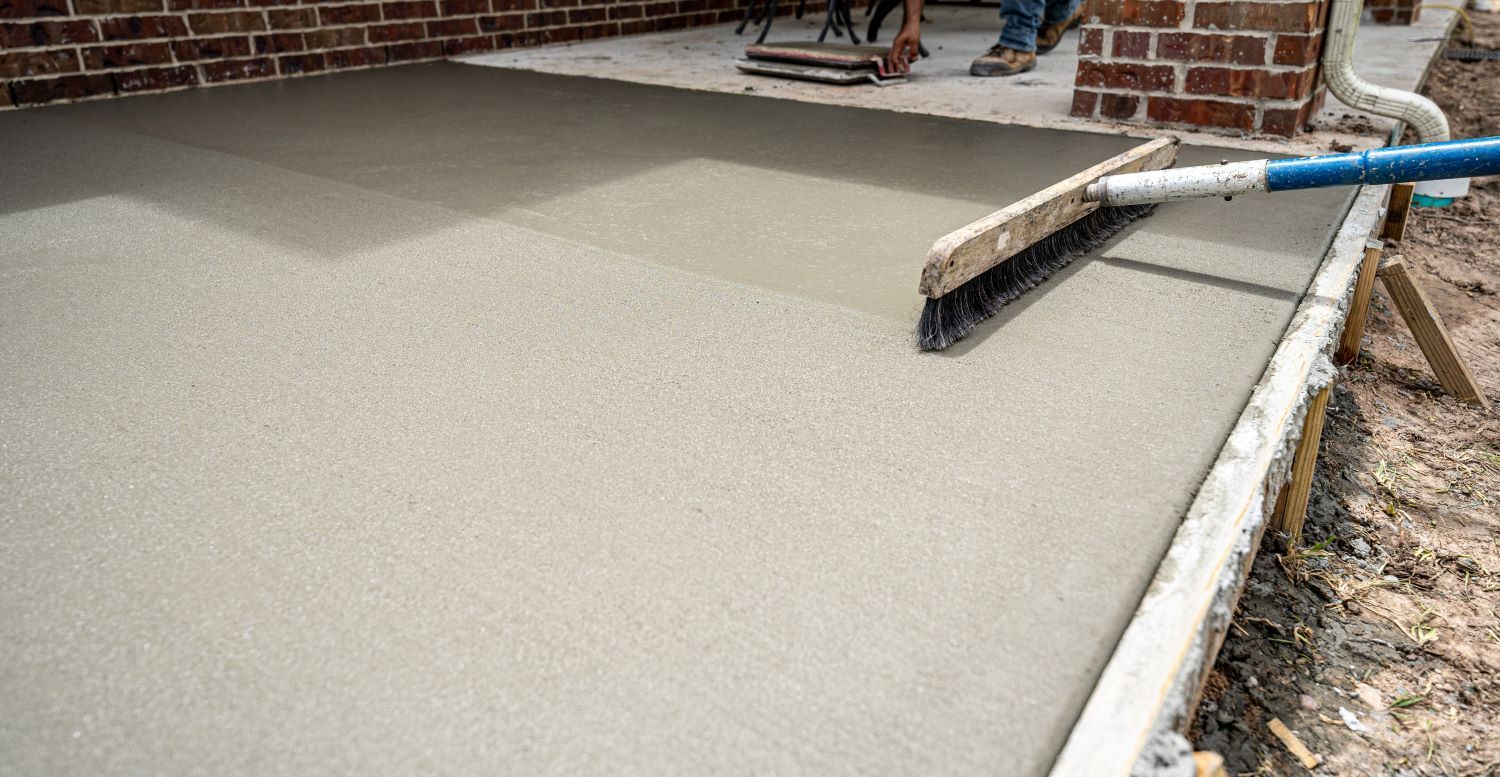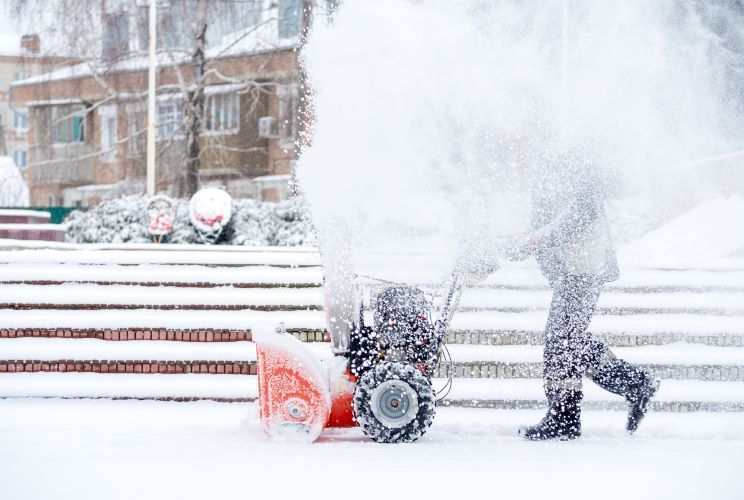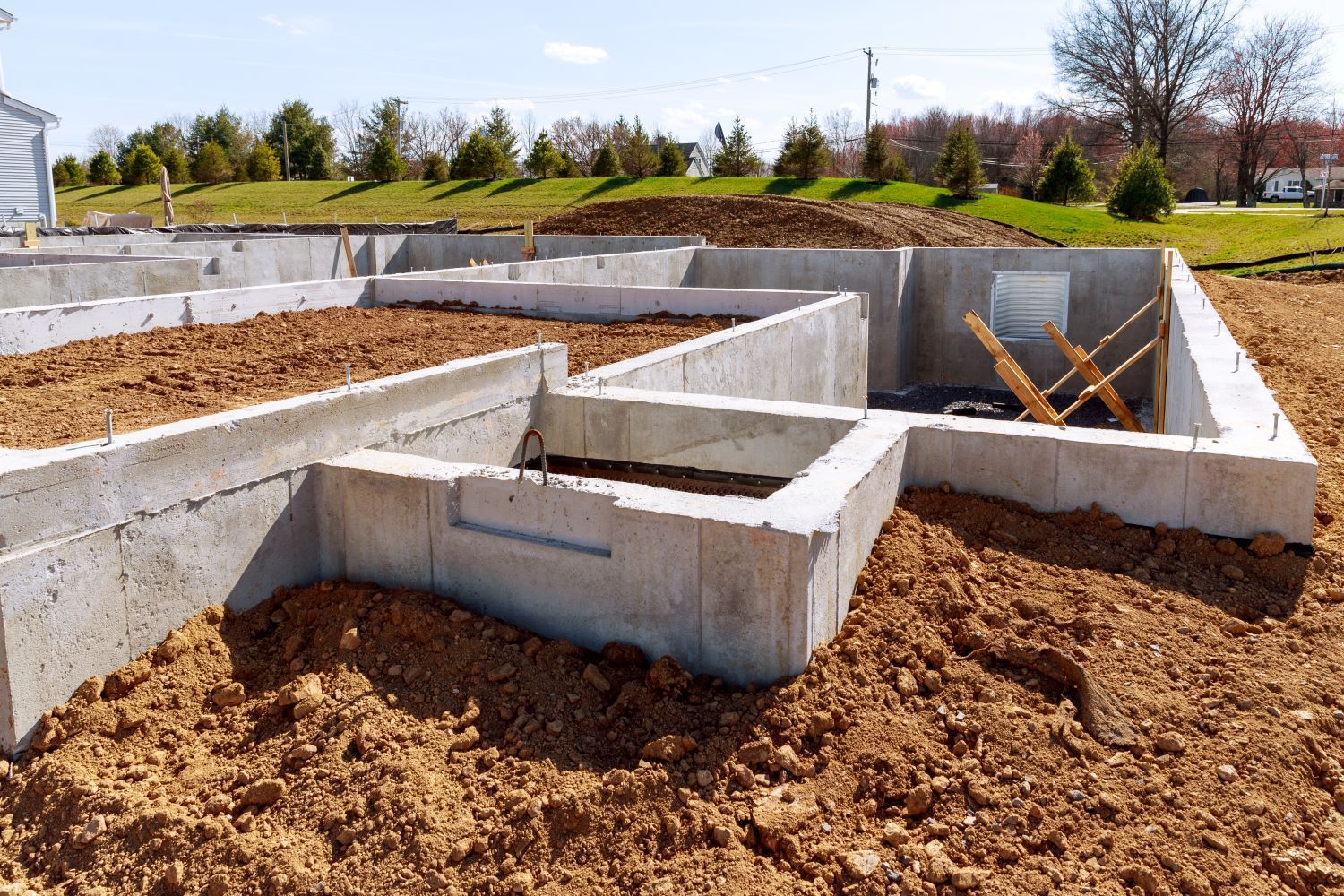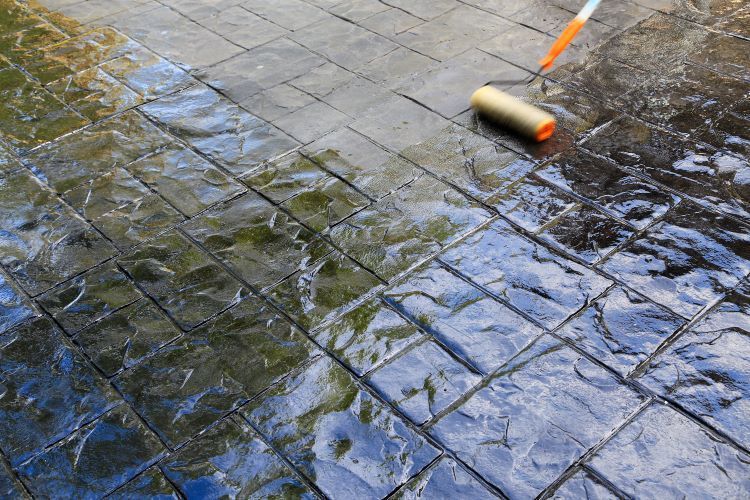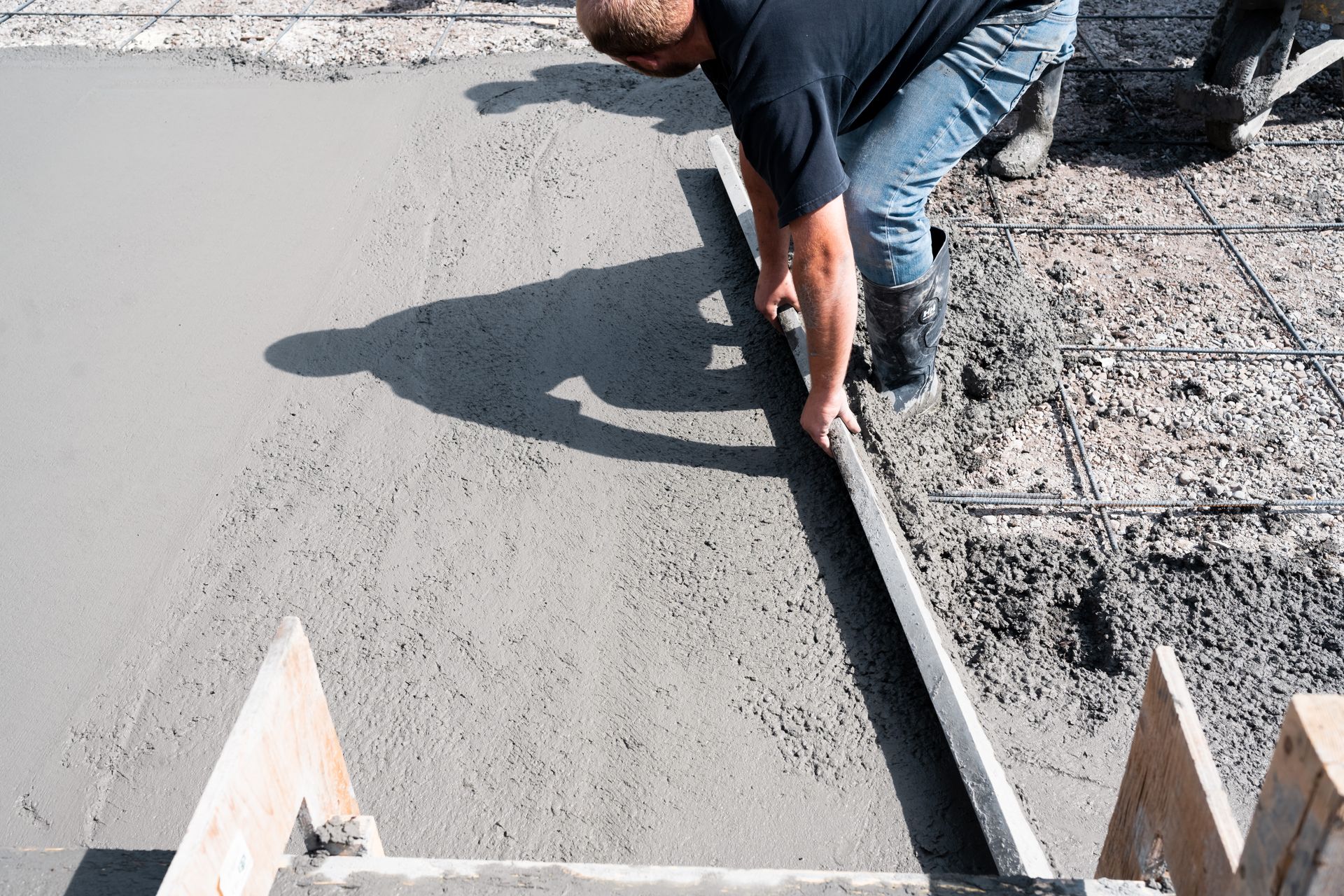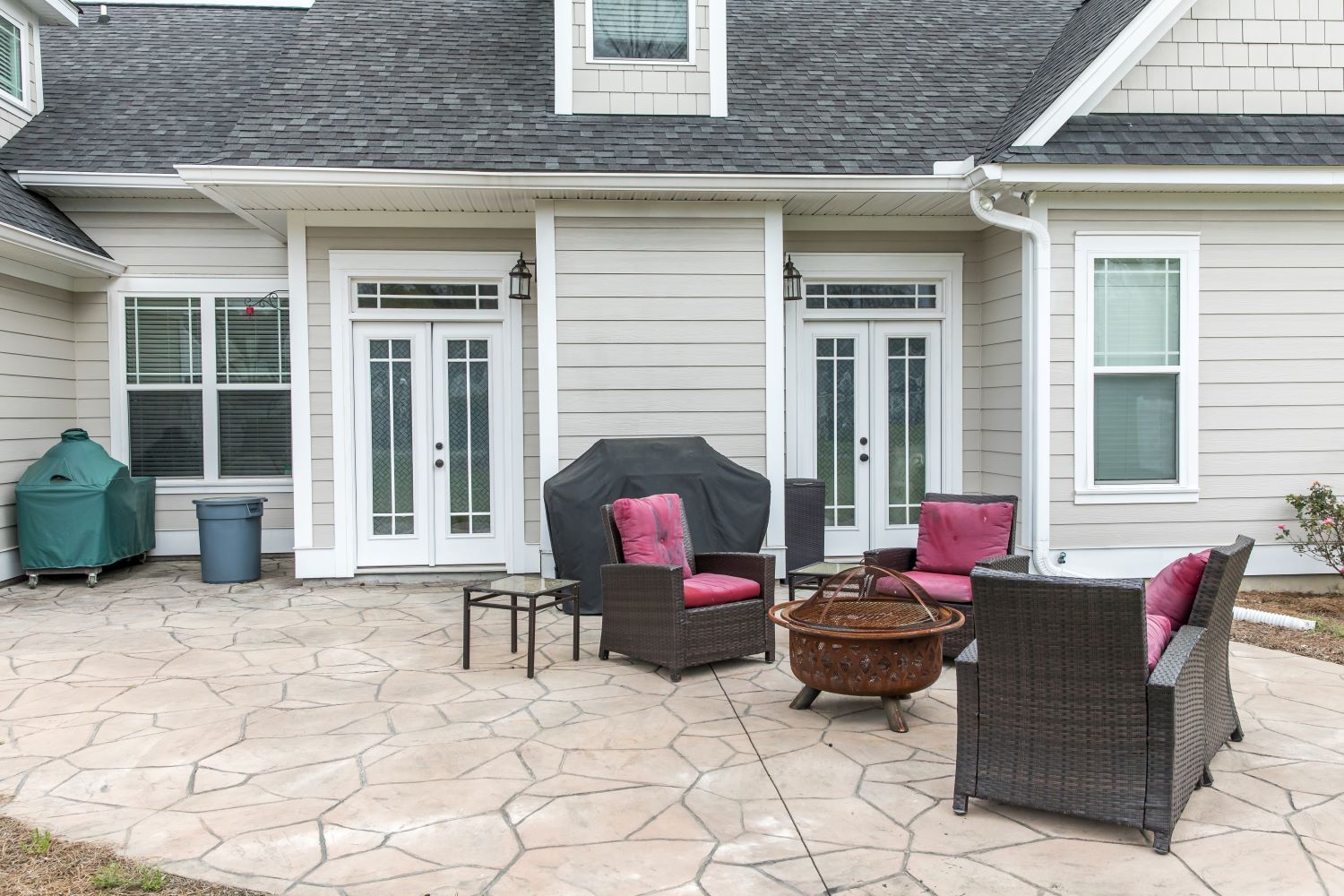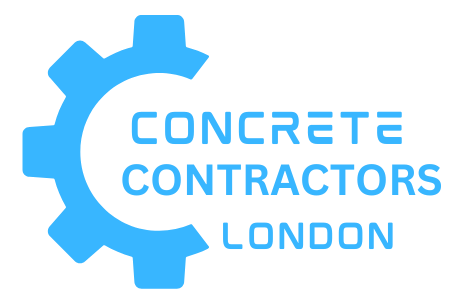Concrete Retaining Walls 101
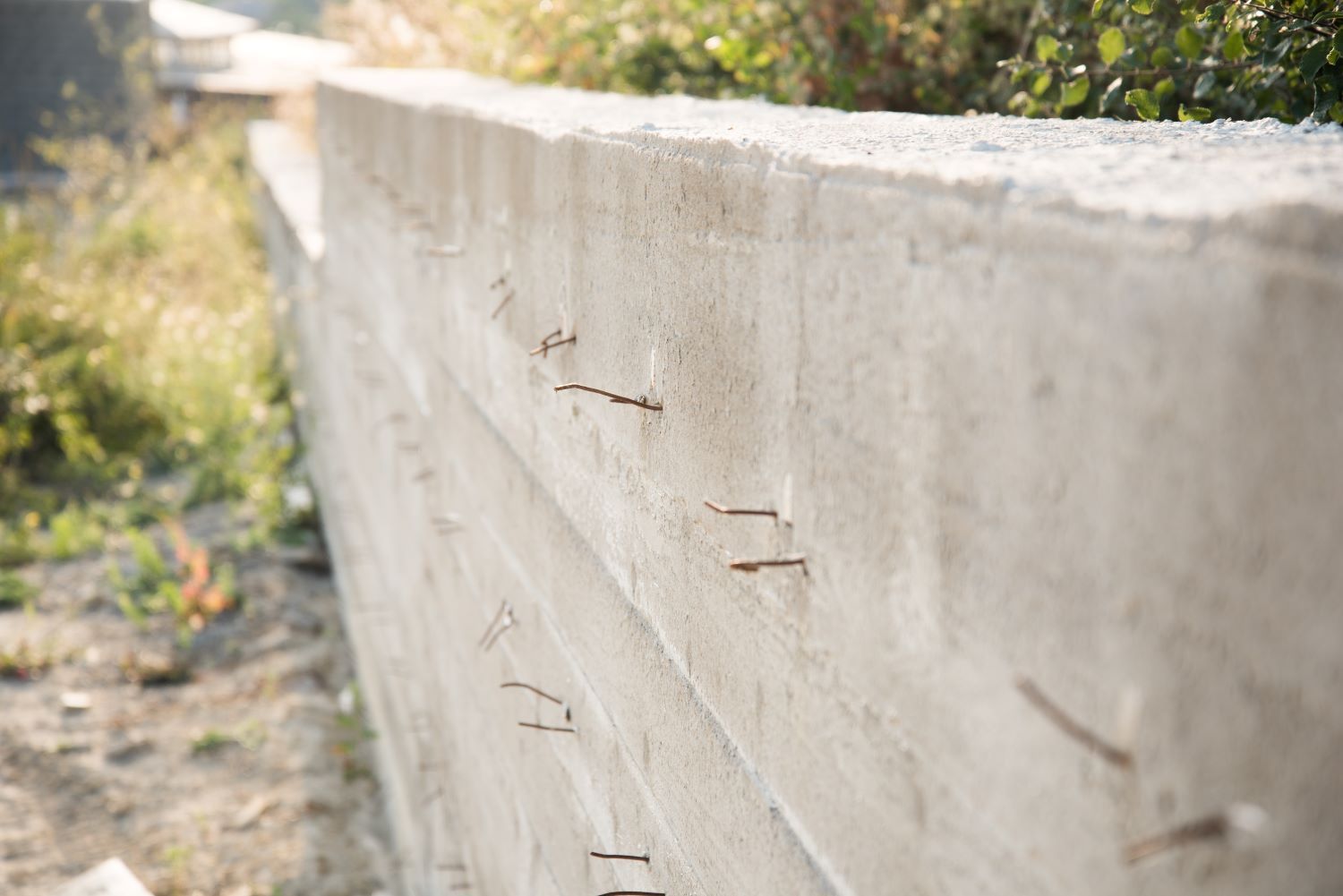
In the dynamic landscape of London, Ontario, homeowners often face challenges related to soil erosion, uneven terrain, and property boundaries. Concrete retaining walls offer an effective solution to address these issues while adding aesthetic appeal and functionality to outdoor spaces. At Concrete Contractors London, we specialize in providing top-quality concrete retaining wall services tailored to meet the unique needs of our clients. In this blog article, we'll explore how concrete retaining walls work, their types, uses, and the benefits they offer for residential and commercial properties.
How Does a Concrete Retaining Wall Work?
A concrete retaining wall is a structure designed to hold back soil and prevent erosion on sloped or uneven terrain. It works by redistributing lateral pressure exerted by soil, water, or other natural forces, thereby stabilizing the ground and creating a level surface for landscaping, gardening, or construction purposes. Concrete retaining walls are typically constructed using reinforced concrete or precast concrete blocks, which provide strength, durability, and longevity.
Types of Concrete Retaining Walls:
- Gravity Walls: Gravity walls rely on their weight and mass to resist the lateral pressure of soil and retain the earth behind them. These walls are typically constructed with a thicker base and tapered design to increase stability. Gravity walls are suitable for low to medium-height applications and are often used in landscaping and garden settings.
- Cantilever Walls: Cantilever walls are designed with a reinforced concrete slab or base that extends horizontally into the retained soil, creating a lever arm to counteract the pressure exerted by the soil. These walls are ideal for medium to high-height applications and offer greater structural stability compared to gravity walls. Cantilever walls are commonly used in commercial and industrial settings, as well as highway and railway embankments.
- Sheet Pile Walls: Sheet pile walls consist of interlocking steel or concrete panels driven into the ground to create a continuous barrier against soil erosion. These walls are suitable for waterfront applications, such as riverbanks, shorelines, and seawalls, where soil stabilization and flood protection are essential. Sheet pile walls offer flexibility and versatility in design and can be installed in various soil conditions.
Uses of Concrete Retaining Walls:
- Soil Erosion Control: Concrete retaining walls help prevent soil erosion by stabilizing slopes, terracing uneven terrain, and creating level surfaces for landscaping and gardening. By retaining soil and controlling water runoff, these walls protect against erosion and preserve the integrity of the landscape.
- Property Boundaries: Retaining walls can define property boundaries and create clear delineations between adjacent properties. By constructing a retaining wall along property lines, homeowners can enhance privacy, security, and aesthetics while minimizing disputes over land use and encroachments.
- Landscape Enhancement: Concrete retaining walls serve as focal points in outdoor spaces, adding visual interest, texture, and dimension to landscapes. Whether it's creating raised flower beds, tiered gardens, or seating areas, retaining walls provide endless design possibilities for enhancing the beauty and functionality of outdoor environments.
- Structural Support: In addition to aesthetic enhancements, concrete retaining walls offer structural support for buildings, roads, bridges, and other infrastructure projects. By stabilizing slopes and preventing soil movement, these walls ensure the safety and stability of surrounding structures, reducing the risk of landslides, collapses, and property damage.
Benefits of Concrete Retaining Walls:
- Strength and Durability: Concrete retaining walls are built to last, providing long-term stability and performance in various environmental conditions. Reinforced concrete and precast concrete blocks offer exceptional strength, durability, and resistance to weathering, erosion, and decay.
- Versatility and Customization: Concrete retaining walls are highly versatile and can be customized to meet the specific needs and preferences of homeowners and property owners. Whether it's choosing the size, shape, texture, or color of the wall, clients have the flexibility to design a retaining wall that complements their aesthetic vision and functional requirements.
- Low Maintenance: Concrete retaining walls require minimal maintenance compared to other materials such as wood, stone, or timber. Once installed, concrete walls are resistant to rot, pests, and decay, reducing the need for frequent repairs or replacements. Periodic cleaning and sealing can help prolong the lifespan and appearance of the wall, ensuring years of reliable performance and beauty.
- Increased Property Value: A well-designed and properly constructed concrete retaining wall can enhance the curb appeal and resale value of residential and commercial properties. By improving the aesthetics, functionality, and stability of outdoor spaces, retaining walls contribute to a more attractive and desirable property, attracting potential buyers and increasing marketability.
Concrete retaining walls offer a versatile, durable, and aesthetically pleasing solution for addressing soil erosion, uneven terrain, and property boundaries in London, Ontario. Whether it's controlling soil erosion, defining property boundaries, enhancing landscapes, or providing structural support, retaining walls play a crucial role in creating safe, functional, and visually appealing outdoor spaces.
At Concrete Contractors London, we specialize in providing top-quality concrete retaining wall services tailored to meet the unique needs and preferences of our clients. Contact us today to learn more about our concrete retaining wall solutions and start transforming your outdoor environment into a beautiful and functional oasis.
